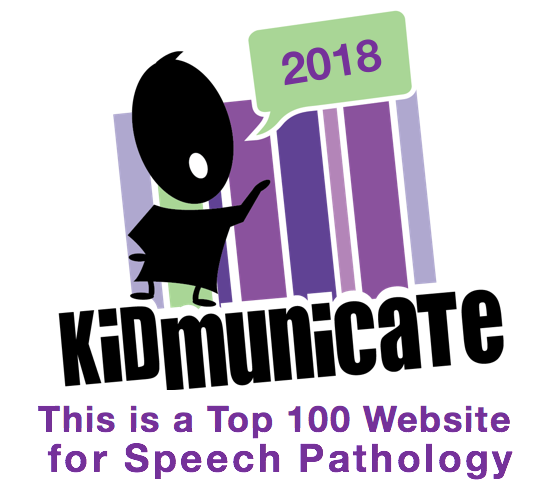This weekend, my friend and colleague Katy Fleming, CCC-SLP and I were asked to lead a discussion on the topic of "Special Issues of the Cyber World for Children with Autism." The circumstances were such that we didn't have a lot of lead time to prepare a presentation, and we didn't have a pre-built one. I find that Google Docs can be a key tool in these situations- although it lacks some of the features of PowerPoint, you can easily use the Google Doc presentation tool to create a series of slides for such occasions. The great thing about Google Docs is that multiple people can work on a presentation at the same time, while only one version is saved in your account. This eliminates the need to email versions back and forth, compile your work and cross-check changes. Although we of course spent some time chatting about the content and logistics of our presentation, Google Docs allowed us to minimize the synchronous time we needed to get together to build the presentation. SLPs are often asked to share our expertise with our own or other departments; using Google Docs presentations can cut back on the labor and time spent getting those talks together.
Here's a portion of our presentation- more on the content of our talk tomorrow...
Technical Notes:
It is very easy to access Google Docs by creating or using an existing Google (gmail, etc.) account. In Gmail, simply click on the Documents link at the top of the page. You can get started with a presentation by simply clicking on
Create New>Presentation. The interface works much like PowerPoint.
From your main Google Docs page, you can check the box next to your document, then select
Share and invite collaborators via email.
Your presentation, while open, can be downloaded under the
File menu as a PowerPoint file if you would like to add more advanced features such as transitions and animations.













